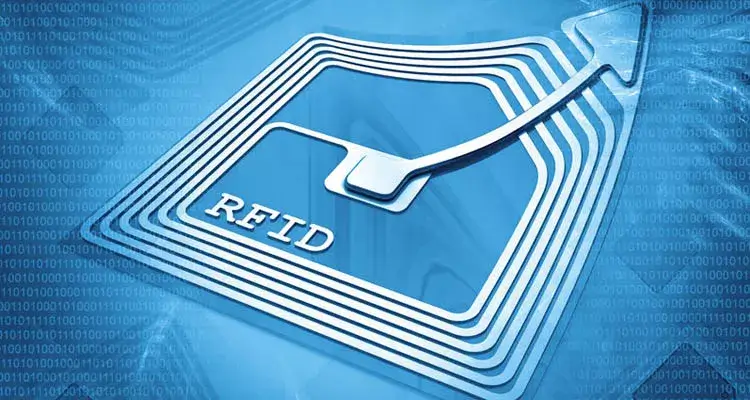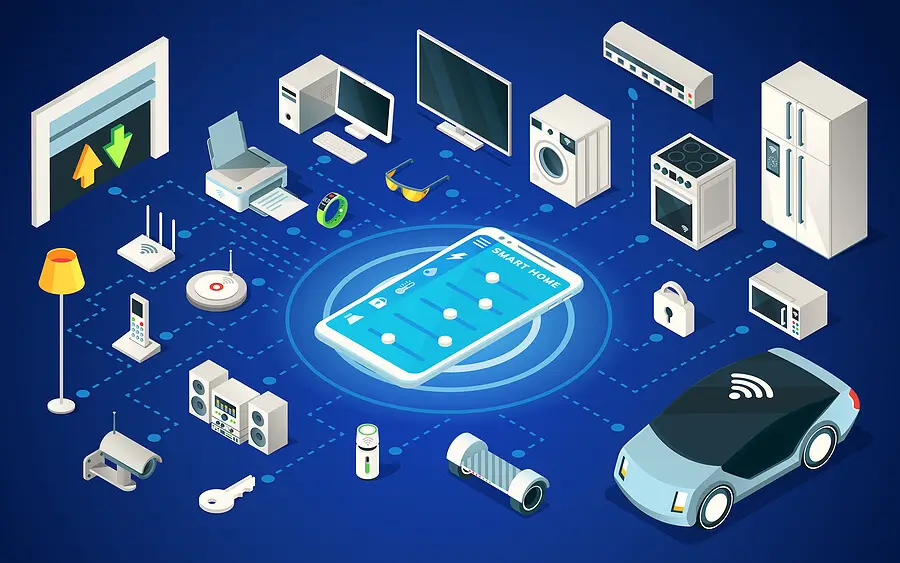From parking systems to airports, highways, warehouses, and retail stores, one technology is silently reshaping how the world moves: RFID.
This small tag-and-reader system has become a backbone for automation and smart mobility across continents.
RFID (Radio Frequency Identification) is now one of the fastest-growing technologies globally because it delivers speed, accuracy, real-time tracking, and touchless automation.
This blog explains RFID in the simplest, human-friendly way.
What Is RFID?
RFID is a technology that uses radio waves to automatically identify and track objects or vehicles.
The best part—it does not require any physical contact.
Every RFID system includes:
- RFID Tag: A small sticker-like device that stores a unique ID
- RFID Reader: A device that detects the tag from a distance
- Software: Manages access, logs entries, tracks movements, and processes data
The result is a fast and automatic identification system that works without stopping or scanning manually.
How RFID Works (Step-by-Step)
RFID works in just a few quick steps:
- A tagged vehicle or item moves near the reader
- The reader sends out radio signals
- The tag responds with its unique code
- The system checks if it’s authorized
- Entry is allowed or denied
- Every movement is recorded instantly
The entire process takes less than a second.
Where RFID Is Used Worldwide (2025 Trends)
Smart Parking
Gates open automatically when a vehicle with an RFID tag approaches.
Drivers don’t need to stop or interact with security.
Toll Plazas and Highways
Many countries use RFID for fast, cashless toll collection and traffic management.
Logistics & Warehousing
RFID helps track shipments, prevent losses, and manage large inventories with real-time visibility.
Retail
Stores use RFID for automated billing, inventory control, and reducing theft.
Airports
Airlines track baggage, cargo, and runway vehicles with RFID for improved accuracy.
Healthcare
Hospitals track equipment, manage patients, and control access to secure areas.
Corporate & Residential Access
Buildings use RFID tags for automatic gate access and vehicle authorization.
RFID vs Other Identification Methods (Simple Explanation)
- Faster than QR or barcodes
- Works from a distance—no scanning needed
- More accurate than visual inspection
- More reliable in outdoor environments
- Better suited for moving vehicles and large-scale automation
This is why industries worldwide choose RFID over traditional methods.
Why RFID Is the Future of Automation
Smart cities, automated mobility, IoT systems, and AI-driven platforms all need reliable identification technology.
RFID integrates smoothly with:
- Cloud dashboards
- Vehicle access systems
- ANPR cameras
- IoT sensors
- Real-time analytics
Whether it’s a parking lot, warehouse, metro system, or retail chain—RFID is becoming the standard technology for efficient movement.
Conclusion
RFID is more than just a tag.
It is a global technology that makes vehicles, goods, and systems move faster and smarter.
Its speed, accuracy, and touchless convenience make it one of the most essential technologies powering modern mobility and automation.




